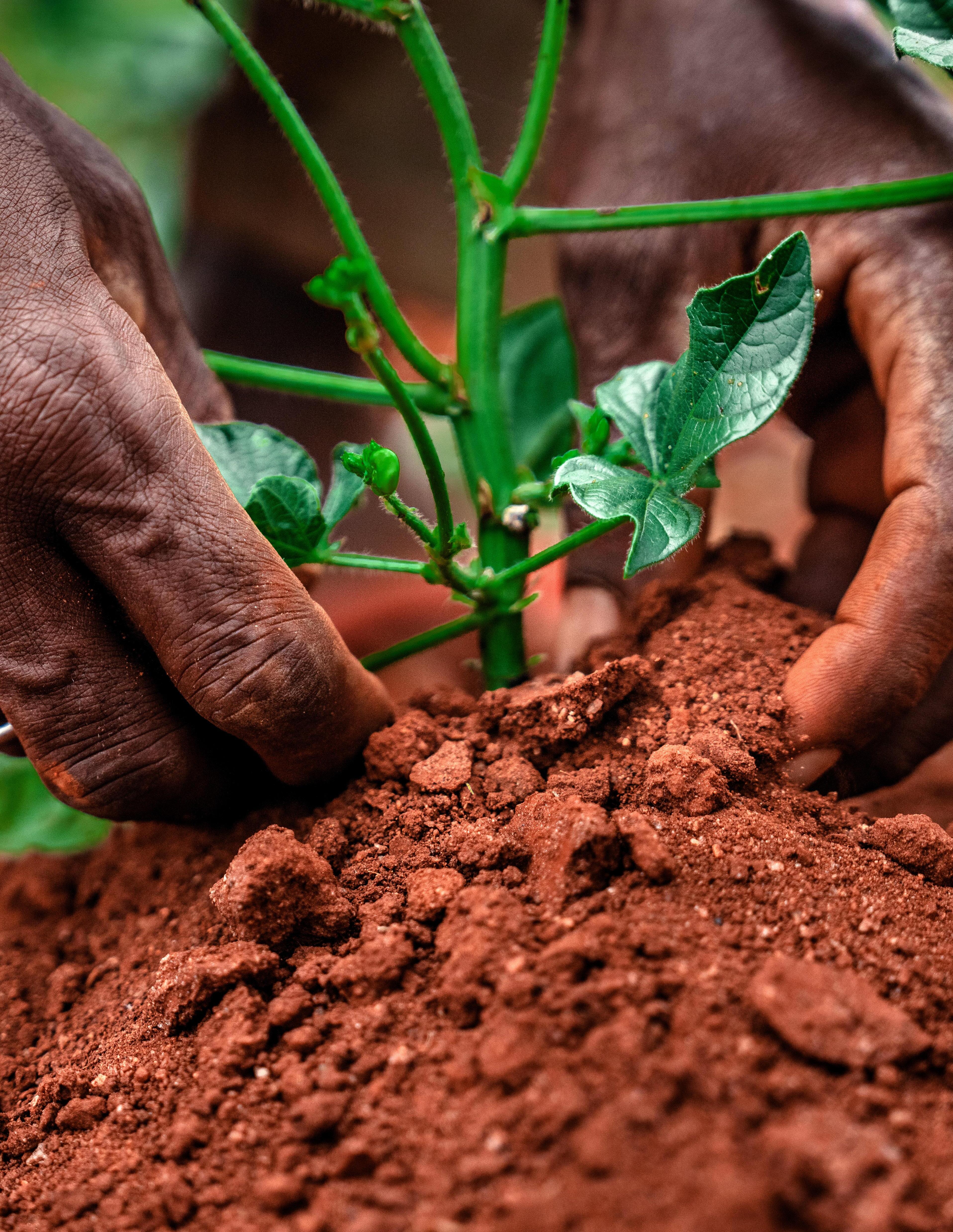

Insider Update
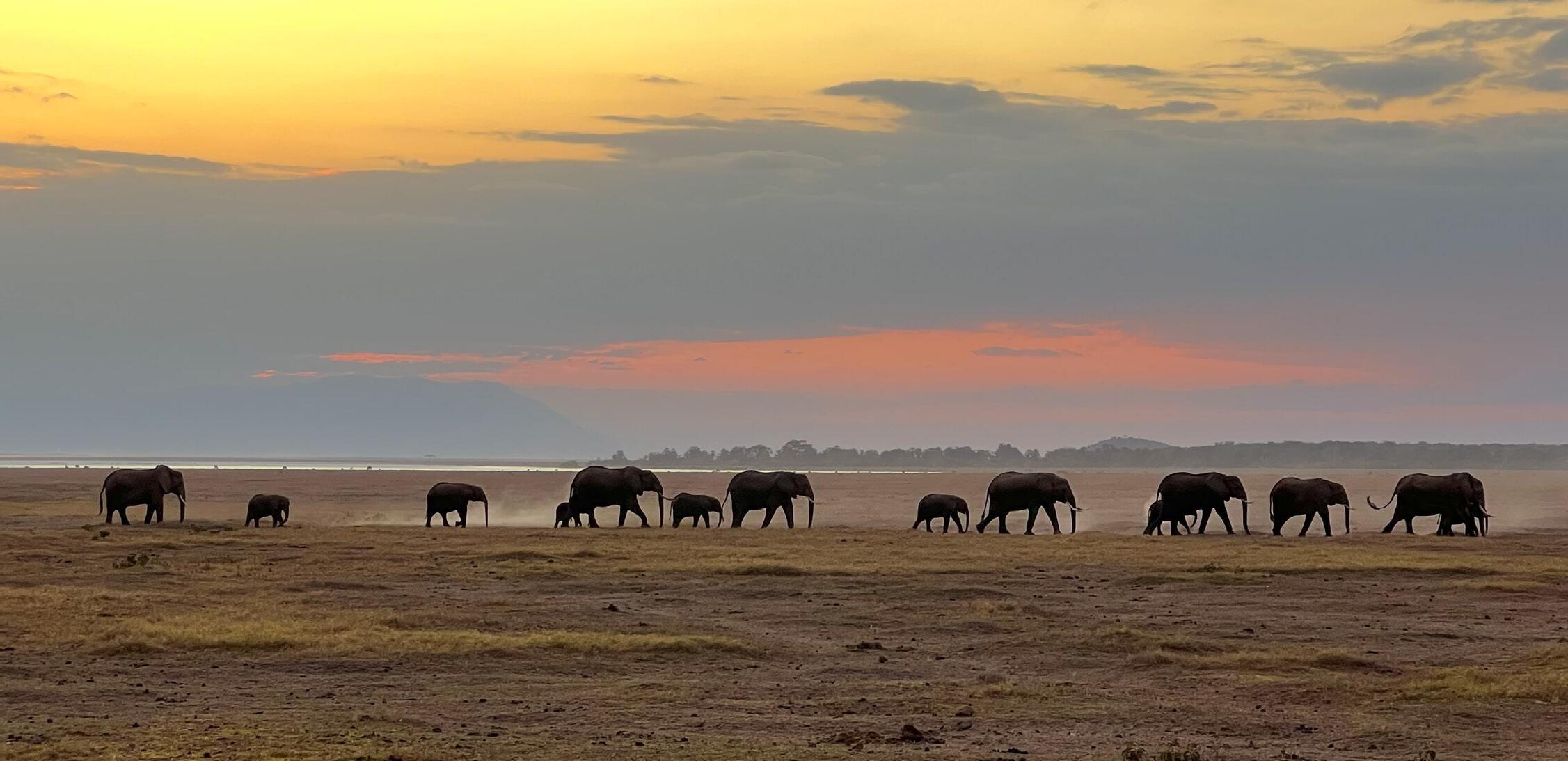
Animals are our allies in mitigating climate change
Dear Friends,
We live in the era of climate change. Global atmospheric temperatures have risen dramatically since the dawn of the industrial revolution, primarily due to the emission of greenhouse gases caused by human activities—especially the burning of fossil fuels and the destruction of nature to produce food and materials. The Earth has already warmed by 1.15°C above pre-industrial averages, and 2023 was the hottest year on record.
Our planet, and all forms of life that inhabit it, have entered a new reality with climatic conditions we have never experienced before. Climate extremes and climate-driven disasters are on the rise, and they are impacting people, animals, and the ecosystems they depend on with increasing severity. It is urgent that humanity finds solutions soon, so that people and other species can survive and thrive together.
As an organization that links animal rescue and wildlife conservation to community development, we have seen first-hand how animal welfare programs can actively support wild animals and communities to become resilient to the changing climate, creating conditions in which they can live happily alongside one another.
We also understand that wild animals are not just the victims of climate change but rather the unsung heroes of climate action. While the importance of invoking nature for climate mitigation has been recognized for some time, the focus so far has been on the role played by plants in fixing carbon in the landscape. The importance of wild animals has been sorely overlooked.
Recent research has shown that wild animal species play a critical role in carbon sequestration by cycling and fixing carbon in their habitats, and that the protection and restoration of nine species groups, such as whales and elephants, has the potential to reduce CO2 concentrations in the atmosphere by billions of tons annually—an amount that rivals the impacts of the top mitigation measures for climate change. By enlisting wild animals to help us, we can supercharge climate mitigation and meet our climate and biodiversity goals more quickly.
We all have a responsibility to bequeath a healthy and thriving planet to the next generation. At IFAW, we are shifting our vision beyond the conservation of individual protected areas to building climate resilient landscapes where animals and people can prosper together despite the mounting challenges they face, and where wildlife
conservation and community development support one another in sustainable ways.

Simon is an expert on climate change adaptation, sustainable development, and environmental management. With over 20 years’ experience supporting marginalized communities to manage social, economic, and environmental risks, especially in the Greater Horn of Africa, Simon leads IFAW’s policy work on climate change and supports country teams to address climate change through wildlife conservation.
A herd of elephants and their calves, walking across a clearing in Amboseli, Kenya.
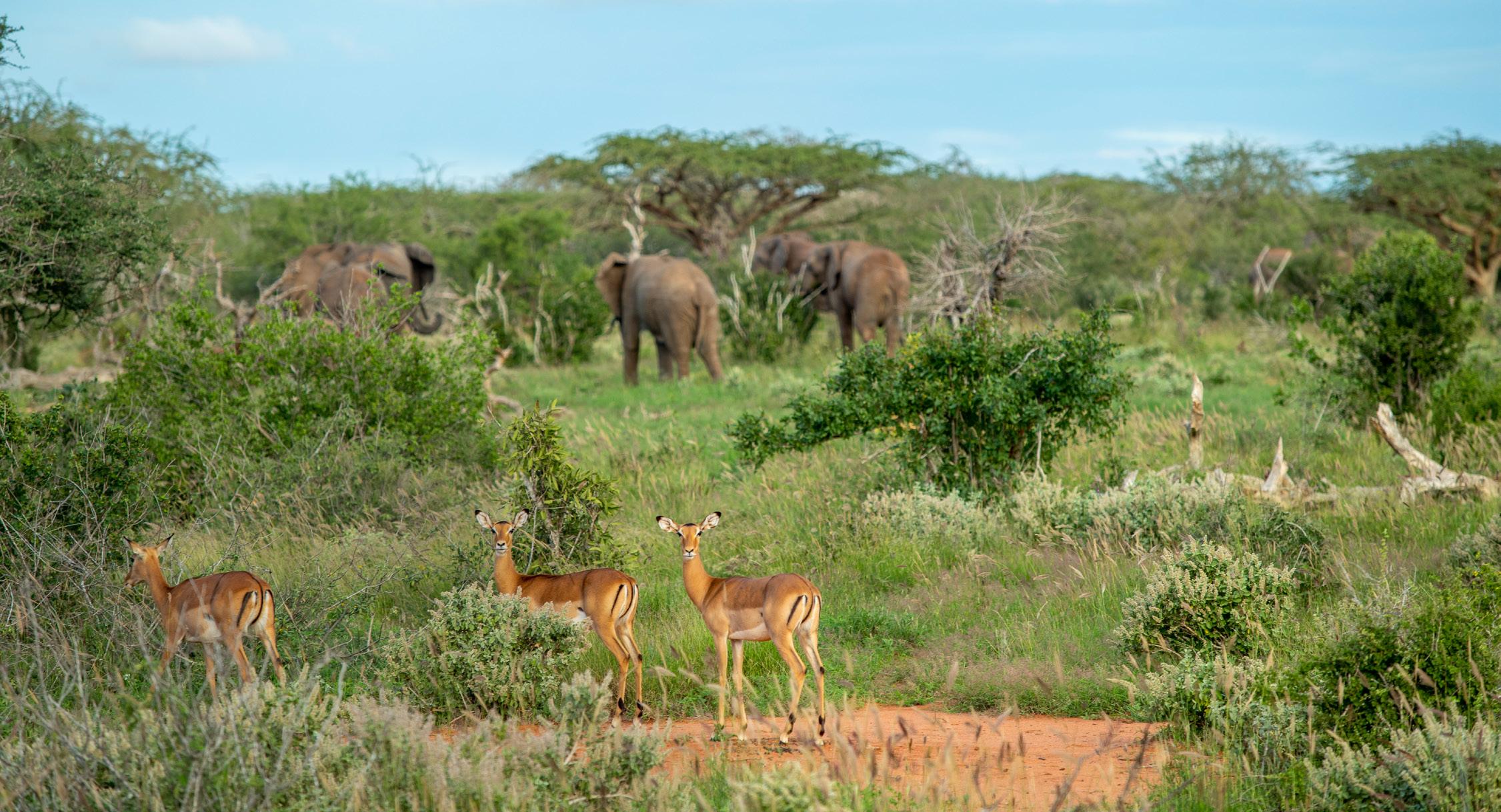
>200
countries in attendance agreed upon and
a
Key moments from the world’s biggest climate conference
The 28th annual summit of the United Nations Framework Convention on Climate Change (COP28) was attended by representatives from almost 200 countries intending to agree on policies that will limit the increase in global temperatures and find solutions to adapt to the changing world affected by climate change. There were several significant highlights from this year’s event held in Dubai.
The Loss and Damage Fund was approved with more than US$650 million pledged by developed countries including Germany, the UK, the US, the United Arab Emirates, and Japan.
What this means: the fund will help developing countries particularly vulnerable to climate change. Funds will be used to provide financial assistance to ensure that vital infrastructure that is damaged because of climate-related disasters can be rebuilt or replaced in a more sustainable manner.
The first Global Stocktake concluded.
What this means: the Global Stocktake is essentially a five-year check-in for all countries to see where they are collectively making progress, and to outline new action plans to meet the goals of the Paris Agreement—which commits Parties (countries) to hold the increase in the global average temperature well below 2°C (3.6°F) above pre-industrial levels, ideally pursuing efforts to limit the increase to only 1.5°C (2.7°F).
While the Stocktake does recognize the importance of protecting, restoring, and sustainably using nature, ecosystems, and biodiversity, it fails to call on Parties to scale up on the implementation of nature-based solutions at the rate needed to reach the 30x30 target. IFAW believes that countries need to provide concrete financial commitments to naturebased solutions.
The final COP28 climate agreement was signed.
What this means: The nearly 200 countries in attendance agreed upon and signed a legally binding agreement that, for the first time since the conference began, includes planning to phase out fossil fuels.
However, after intense back-and-forth, the final text included loose language that can be open to interpretation by oil companies. Without a strong agreement in place, many are concerned that the goal to limit the global temperature increase to 1.5°C is out of reach, and therefore it is more important than ever to actively remove carbon from our atmosphere.
Elephants and impala in Taita Hills Sanctuary.
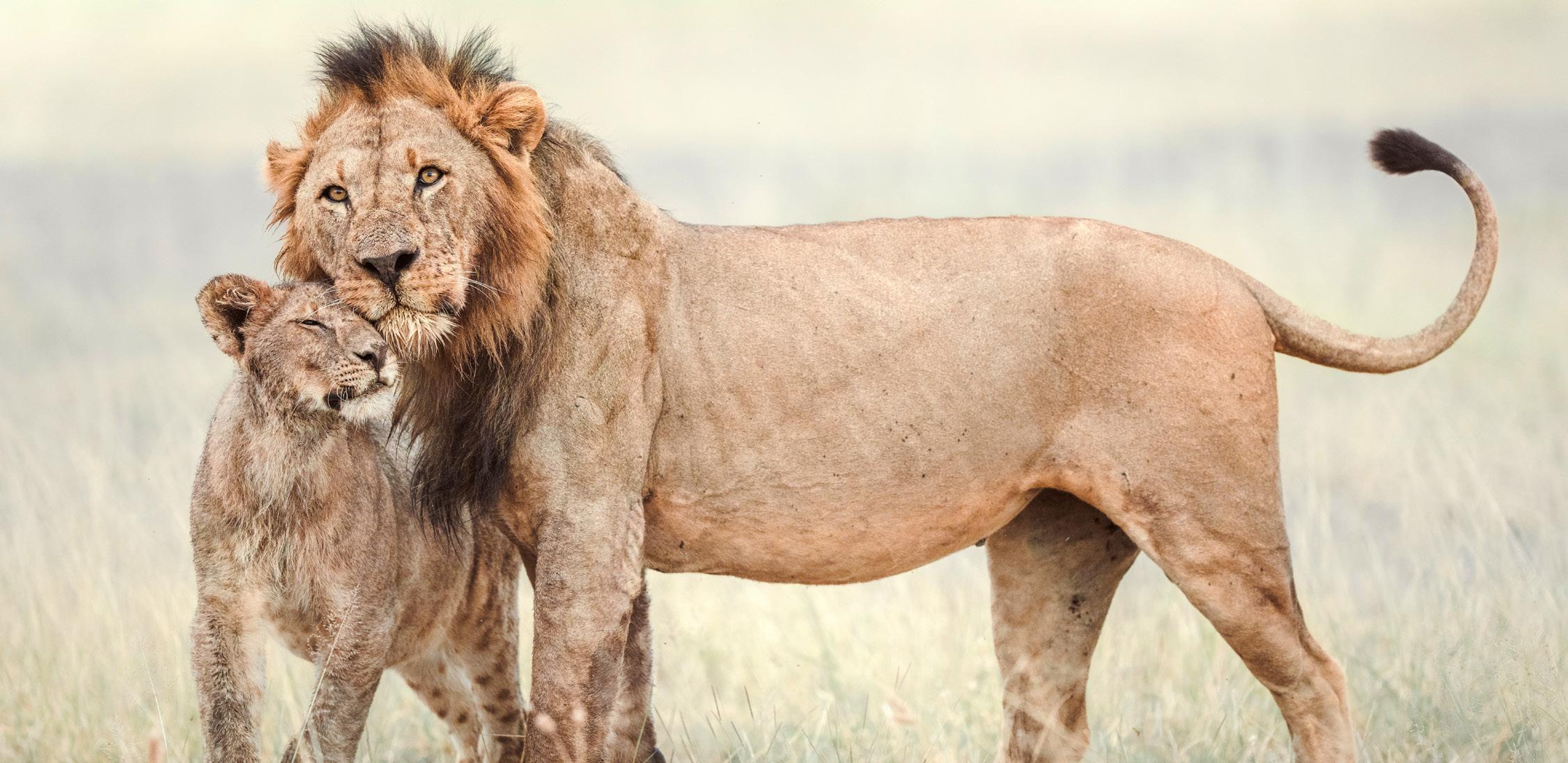
34
delegates from 16 countries in the Middle East and North Africa participated in a workshop by IFAW and the Supreme Council for the Environment of the Kingdom of Bahrain
Amplifying the global voice
In 2023, IFAW was actively engaged in international climate policy with the message that wild animals are an important part of the climate solution. We participated in climate conferences and meetings around the world, building new partnerships with organizations and governments to address climate issues, research, and policy work on issues at the nexus of animal welfare, conservation, and climate change.
IFAW staff supported government officials from across Africa and the Middle East to understand the connections between climate change, biodiversity, and wildlife conservation, and to develop and interject policy positions into international operations.
Why this region?
The Middle East and North Africa region is the world’s largest producer of oil and gas, and it is also highly vulnerable to climate change. Exchanging ideas and opinions on how these countries can cooperate to achieve a shared vision of nature-based climate solutions is vital to cutting emissions and achieving the worldwide goal of designating 30% of the Earth’s land and oceans as protected areas.
Middle East and North Africa government workshops
In July, IFAW and the Supreme Council for the Environment of the Kingdom of Bahrain convened a workshop on climate change, biodiversity, and nature-based solutions for representatives from sixteen governments from across the region. The workshop explored the impacts that climate change has on biodiversity in the region and how nature-based solutions, such as wildlife conservation, can help countries address climate change while protecting and restoring biodiversity. This was followed by an online workshop where we supported regional governments to consider how to work collectively to influence and inspire international policy on biodiversity and climate change.
Africa Climate Summit
In September, the Government of Kenya hosted the first-ever Africa Climate Summit. More than 40 African heads of state and over 10,000 delegates convened to address climate-related concerns across the African continent. They delivered the Nairobi Declaration in which African governments acknowledged the importance of the continent’s biodiversity in addressing the climate crisis, highlighting the significance of protecting and restoring vulnerable ecosystems.
IFAW President and CEO Azzedine Downes, Climate Advisor Simon Addison, and several other staff attended the summit and convened events in which they highlighted the vital role of wild animals in climate mitigation and the value of wildlife conservation for climate adaptation and climate resilient development across Africa.
Supporting African governments
IFAW has also delivered trainings and facilitated discussions with climate negotiators from across the African continent on issues relating to climate change, biodiversity, and nature-based solutions.
Why was this important?
African countries can act as world leaders in delivering nature-based climate action through the protection, restoration, and effective management of wildlife and biodiversity. Having strong relationships with African leaders, especially those in support of our programs, helps to amplify the message of animals being used as solutions.
Male lion with his cub in Amboseli National Park, Kenya.
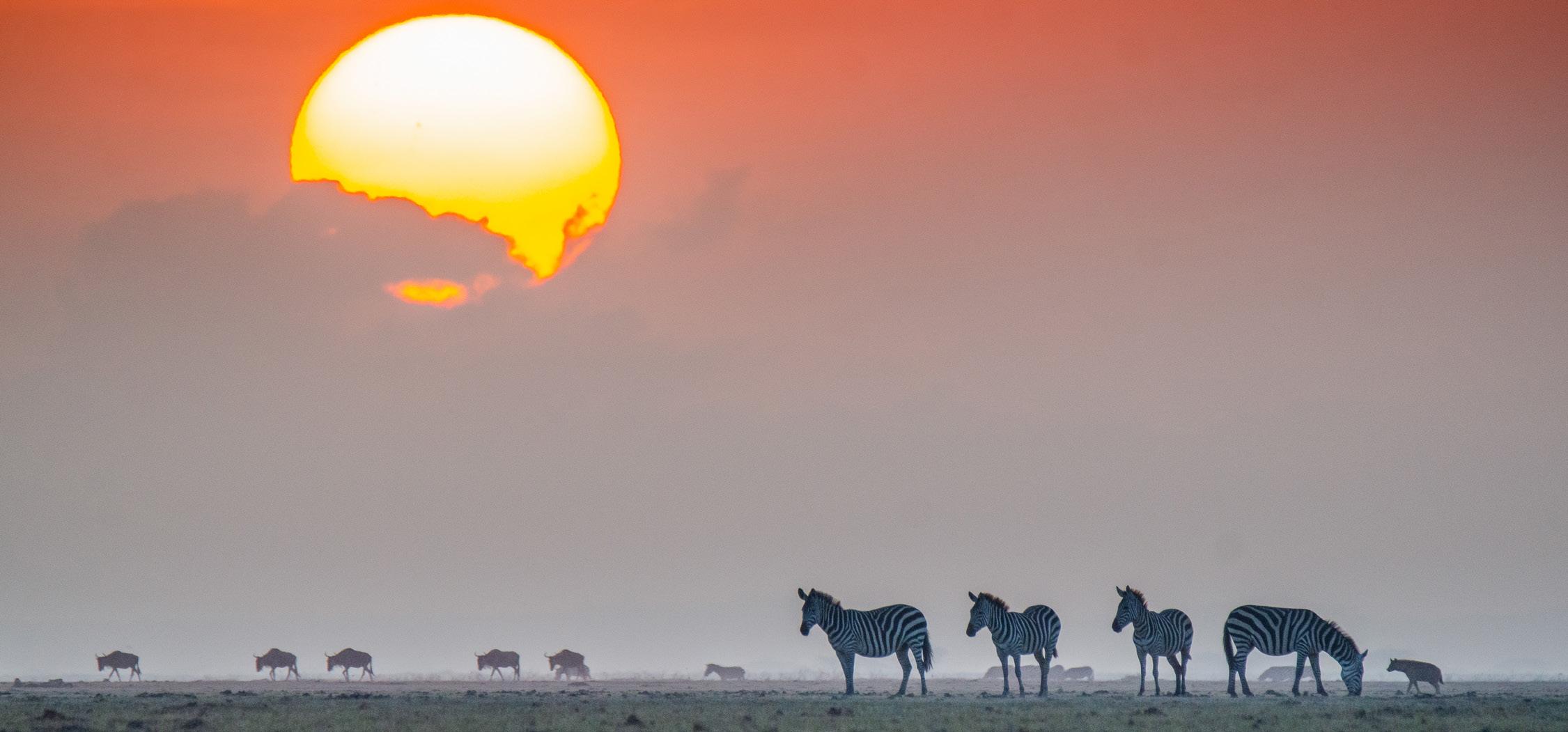
Wild animals at the heart of climate policy making
Several IFAW staff members traveled to Dubai to COP28 to put wild animals at the heart of climate policy making. IFAW convened six side events at the conference and released a variety of research and communications materials to tell the story that wild animals are the unsung heroes of climate action.
Highlights included:
An official United Nations Framework Convention on Climate Change side event, organized in collaboration with the Ministry of Environment of the Republic of Angola,
What’s next?
IFAW will continue to participate in conversations with leaders around the world on elevating the importance of animals.
February
Attended the Convention on Migratory Species and hosted a side event with the International Union for Conservations Nature Asian Elephant Group regarding Room to Roam. During the conference our thought leaders in attendance highlighted three migratory species—whales, elephants, and sharks—and their important role in nature.
which explored the importance of tackling wildlife crime in addressing climate change.
Four side events at the Nature Positive pavilion in which IFAW showcased how Room to Roam addresses climate change by creating climate resilient landscapes across Africa. Staff presented evidence showing the vital role wildlife plays in carbon sequestration; examined how governments can better integrate wildlife conservation into their climate action plans; explored different approaches to building
Urged candidates for the EU Parliamentary elections this June to strongly consider IFAW’s priorities as focal points for their campaign.
Used the sixth session of the United Nations Environment Assembly in Kenya as a networking opportunity to continue to spread our message of using animals as climate allies.
April
Will attend the UNESCO Ocean Decade conference where our focal point will be on delivering the science we need for the ocean we want.
climate resilient land and seascapes from around the world; and presented current initiatives that are building sustainable nature-positive economies.
Zero Carbon Elephant Friendly Honey, produced through IFAW’s beekeeping project to support alternative eco-friendly livelihoods in Southwest China, was showcased in the China pavilion.
June
Will attend the United Nations Framework Convention on Climate Change first sessional period in Bonn, Germany.
October
During the Convention on Biological Diversity in Columbia, IFAW representatives will present the successes of our nature-based solutions at work.
November
Continue to elevate fresh thinking for animals at COP29 in Azerbaijan as the role of nature builds momentum ahead of COP30 in Brazil.

Nature under threat Nature as solutions
How do IFAW’s projects link back to climate mitigation? Saving animals, and keeping them in their habitats, lets them perform their natural roles protecting and balancing their own ecosystems. Restoring landscapes gives animals—big and small—more resources and lessens the potential for human-wildlife conflict. Partnering with the communities who live closest to wildlife leads to sustainable livelihoods, giving them a personal stake in conservation rather than resource exploitation.
Room to Roam
12
critical landscapes throughout East and Southern Africa are aimed to be secured by our most ambitious initiative to date, Room to Roam
109
estimated megatons of generated carbon could sink across tropical Africa in the next 30 years by supporting the growth of elephant populations
Our most ambitious initiative to date, Room to Roam, aims to secure 12 critical landscapes throughout East and Southern Africa, creating safe passages for elephants and other wildlife to travel freely through their home ranges. Securing these habitats will help elephant populations naturally stabilize, making the species more resilient to climate change and other threats.
It has been estimated that the protection of elephants from extinction will prevent the loss of 93 megatons of carbon and that supporting the growth of elephant populations could generate a carbon sink of 109 megatons of carbon across tropical Africa in the next 30 years.
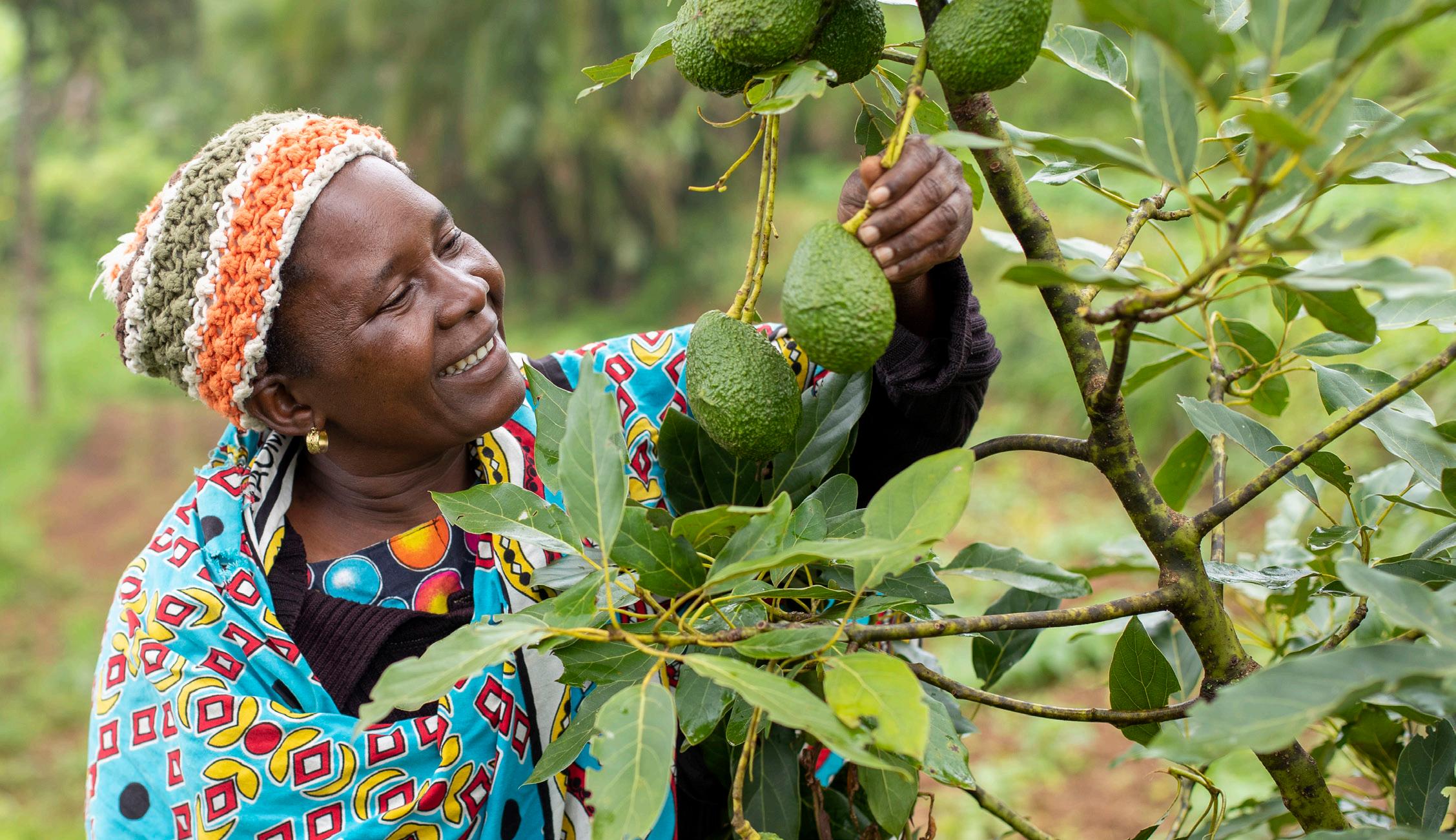
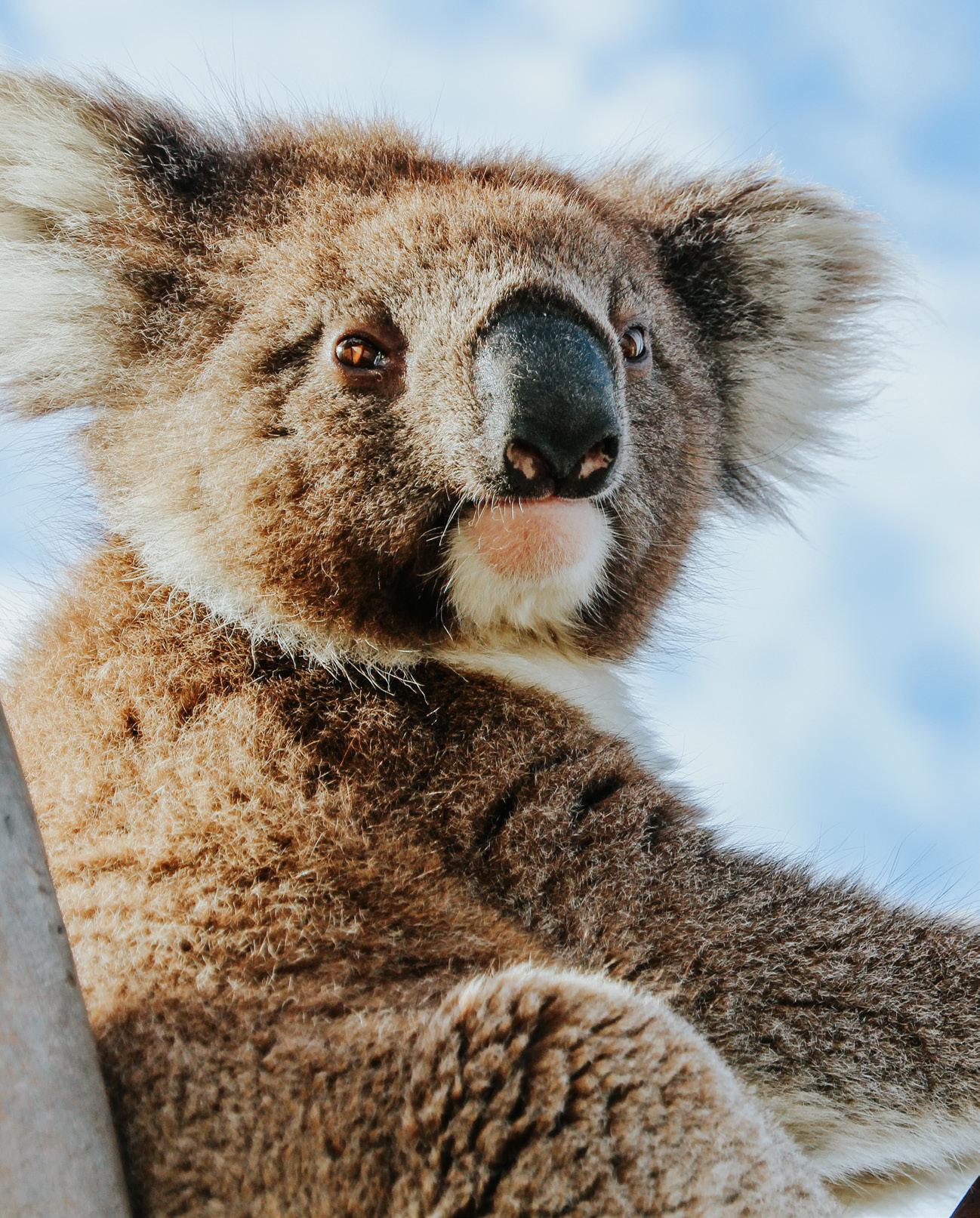
Landscape restoration and regenerative land use
Landscape restoration is an important naturebased solution that aims to restore the ecological characteristics of a landscape using natural regenerative techniques. This strategy is designed to meet both present and future needs, and it enables us to use land for multiple purposes over time. It supports biodiversity, helps carbon sequestration, increases soil water and organic content, makes ecosystems more resilient, and supports the development of sustainable livelihoods.
In Kenya, IFAW donated avocado seedlings to the Chawia Farmers community-based organization which helps provide health and economic benefits to the community. As the fruit trees will not be cut for firewood or building materials, food security and income opportunities have increased, while also preventing soil erosion of the land.
In Australia we have joined forces with Bangalow Koalas to plant 22,365 trees since 2019 across six different properties in the New South Wales Northern Rivers region which form part of the Bangalow Koalas Community Wildlife Corridor. The reconnected corridor provides a safe habitat for koalas, echidnas, and native birds.
A member of the Chawia Farmers community-based organization shows off one of her avocado trees, Taita Taveta County, Kenya.
Koala perched in a tree.
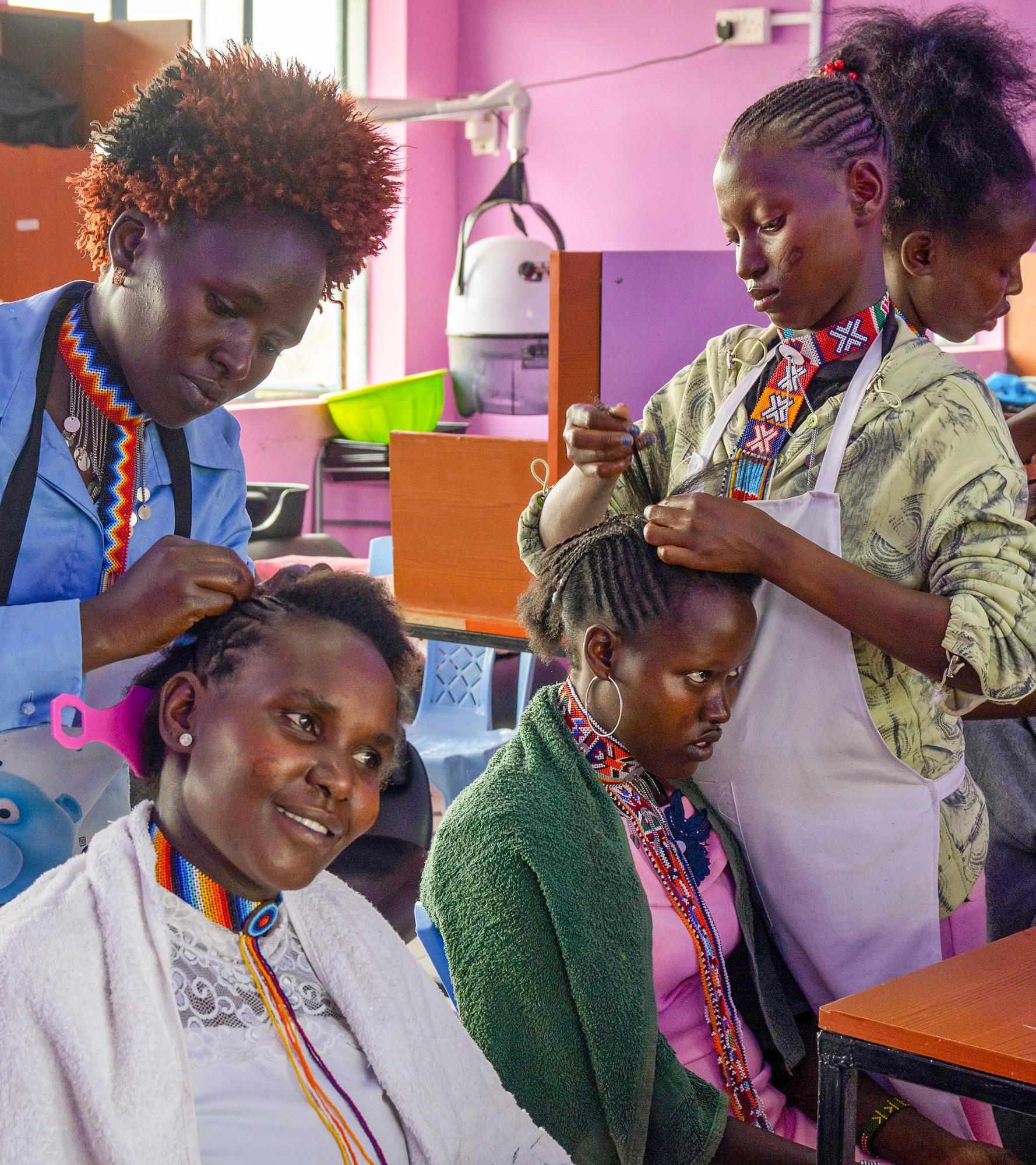
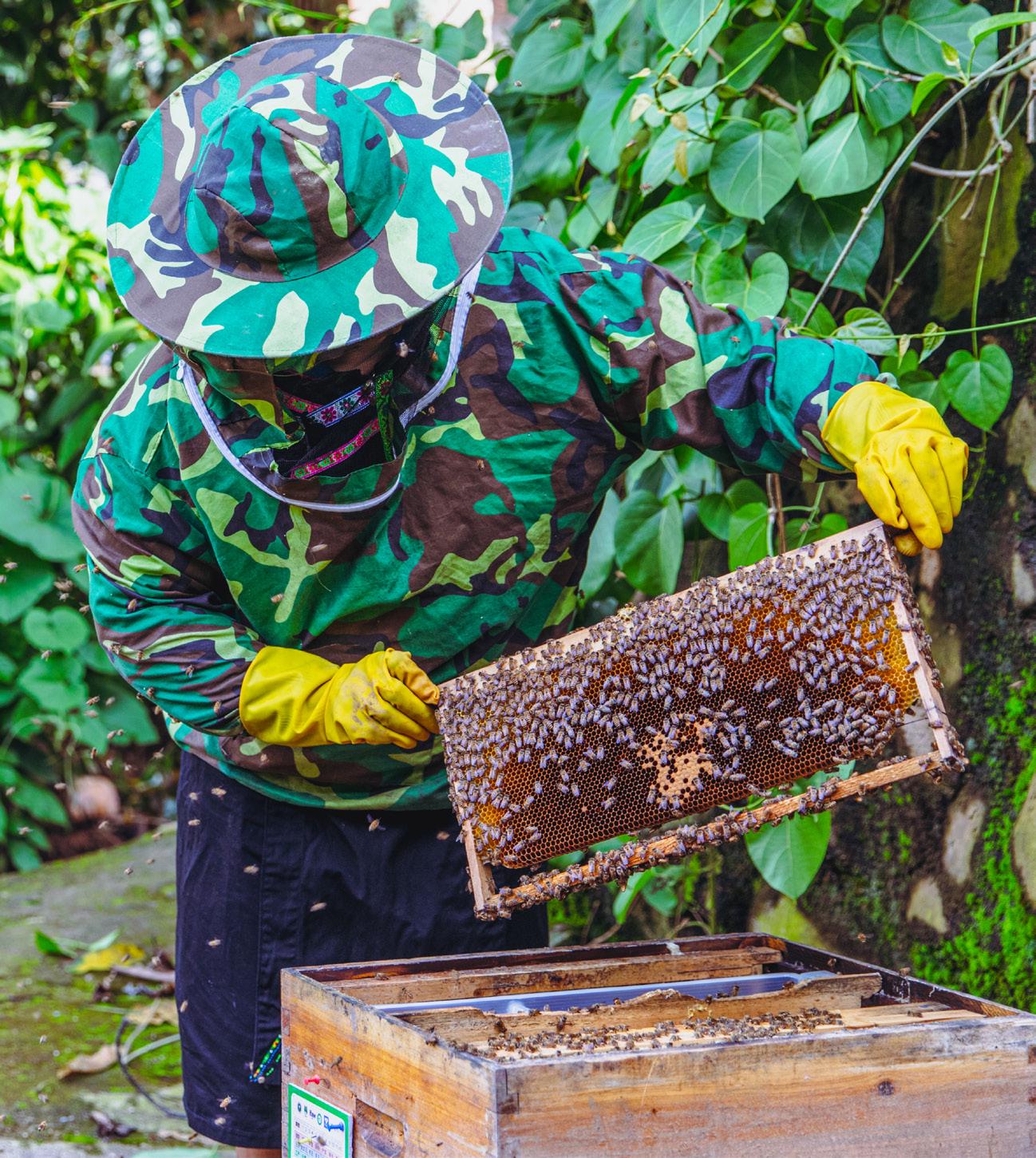
Building resilient communities
By protecting biodiversity and supporting wildlife-friendly and climate-resilient livelihoods, wildlife conservation can help local communities diversify and increase their incomes, strengthen their asset bases, and build their social capital. Financial stability can vastly improve communities’ ability to prosper in a changing climate.
For a decade, IFAW supported members of the local Maasai community in Kenya to transform a highly degraded area on the edge of Amboseli National Park into the Kitenden Community Wildlife Conservancy. We helped the community secure land titles for over 223 square kilometers (about twice the area of Manhattan) of land, which has created a haven for elephants in the landscape while generating economic benefits for 2,600 households through employment, tourism, and lease fees.
Our Jenga Mama project in Kenya has provided 60 women with vocational training in professions such as hairdressing, catering, and plumbing. These women are now equipped with the tools to set up microenterprises successfully to generate sustainable incomes for their families and communities.
As part of our Asian Elephant Protection project in China, we initiated the beekeeping project with members from Daotangqing Village, providing beehives, honeybees, and a guaranteed sales channel. Participants in the project have become advocates for elephant protection, promising not to destroy the local forest or capture wild animals.
To help address human-elephant conflict in areas surrounding Hwange National Park in Zimbabwe, we have established elephant-compatible livelihood options such as beekeeping and chili farming. These natural deterrents for elephants provide incomegenerating opportunities to communities, who had previously relied on rain-fed farming, a substantial shift due to the increased droughts in the area.
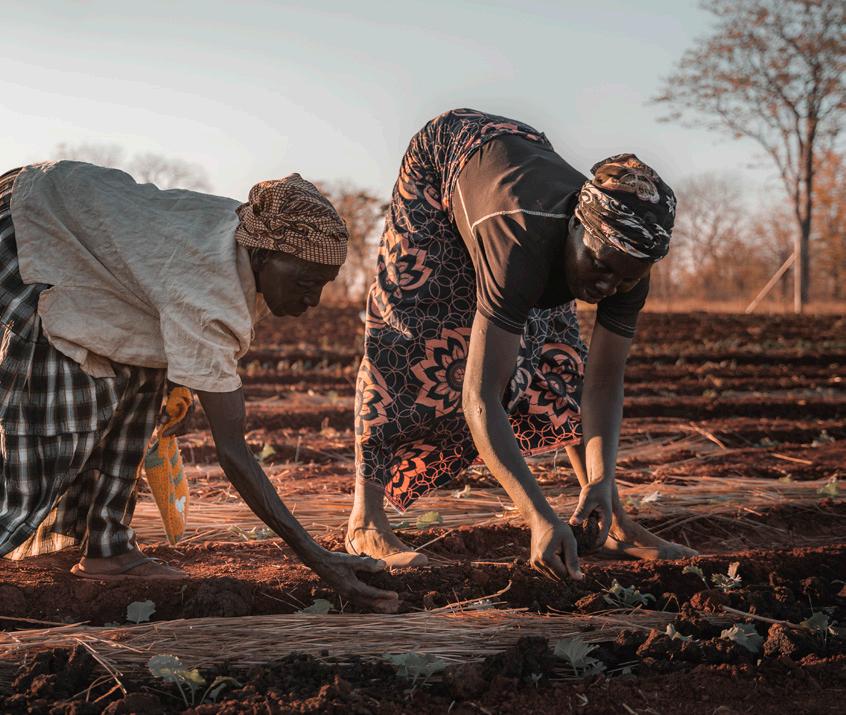
Jenga Mama participants practice hairdressing.
A villager participating in the beekeeping project checks the beehives.
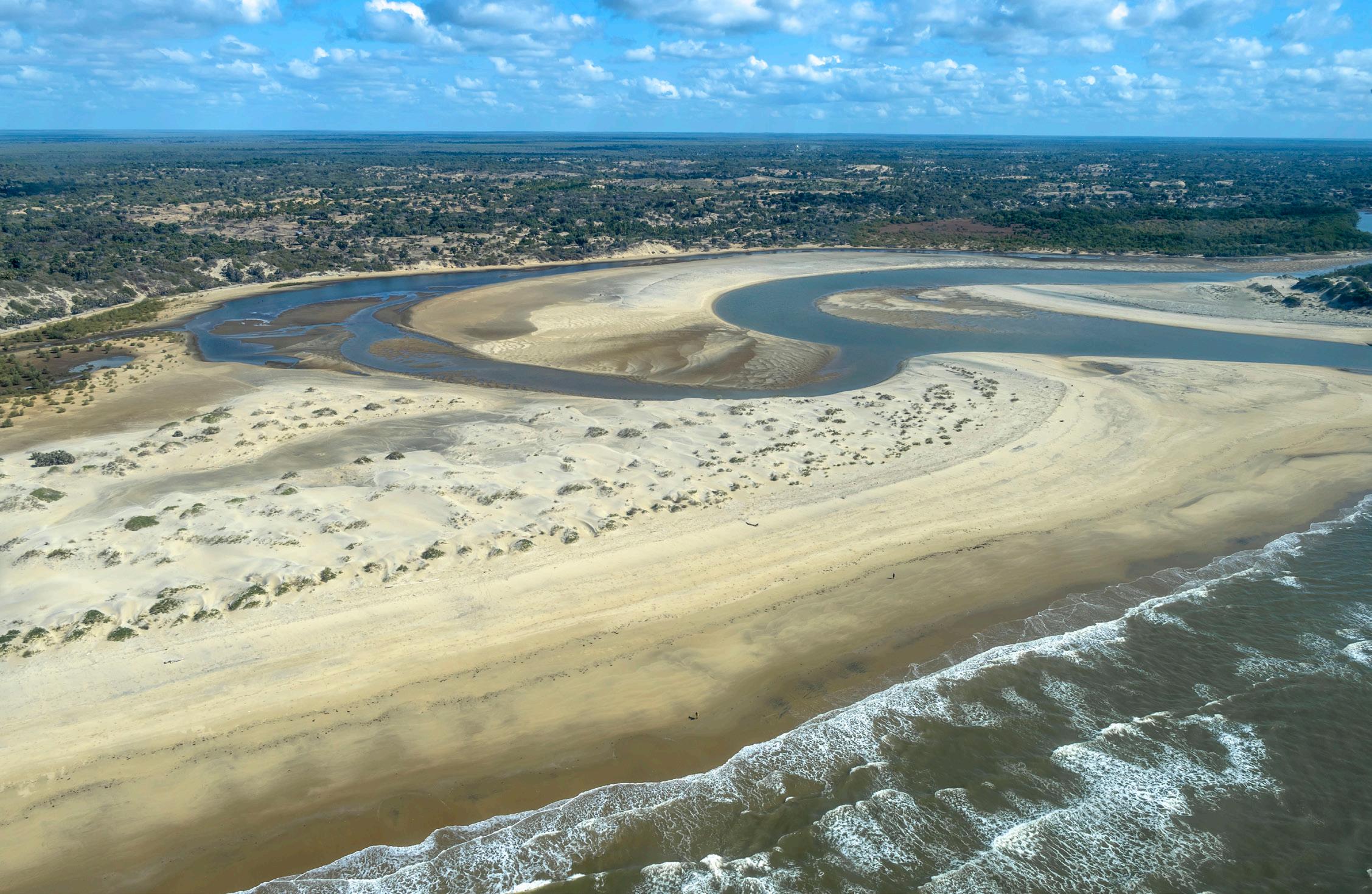
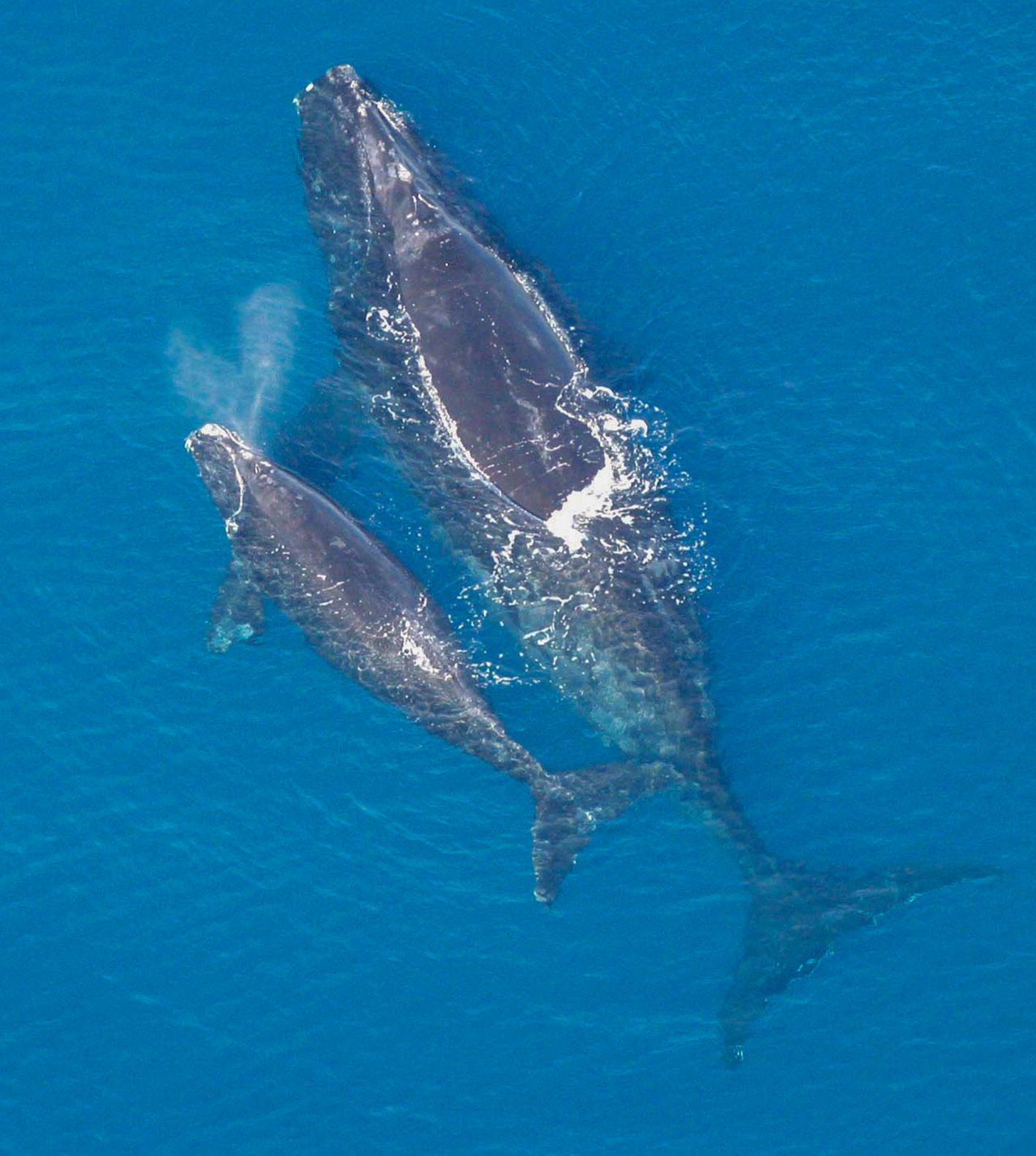
Marine Conservation
Like our work on land, our projects focusing on our oceans are an extremely important piece of the climate puzzle.
We are working to protect whales in three key geographic areas of the globe. Along the eastern seacoast of North America, our marine rescue team is working on critical research to help save the North Atlantic right whale–of which fewer than 350 remain. In the Mediterranean Sea and European waters, we are calling on shipping companies and vessel owners to decrease speeds to reduce vessel strikes and underwater noise pollution.
Along the coast of Kenya, we are working to increase protective measures for marine species and ecosystems. To improve capacity, we are supporting specialized training to government agency personnel and local community members; supporting population studies of key marine species through ariel surveys, including sea turtles, sharks, and rays; and improving waste management to reduce and manage marine debris along the coast, which will help to decrease entanglements and ingestion by marine animals.
The sand dunes of Kenya as seen during the aerial marine megafauna survey.
A North Atlantic right whale with its calf exhaling the species’ unique V-shaped blow.
Planning for disasters saves more lives


It is no surprise that most disasters IFAW responds to have ties to climate change. We have prided ourselves on our animal rescue expertise for decades, and due to the climate crisis, our Disaster Response (DR) program has built our capacity to adapt to the environment and build resilience to respond to climate change-related disasters.
Prior to IFAW’s establishment of the DR program, the standard response was to go directly to the site affected by a disaster and rescue as many animals as possible. However, as time passed, and the frequency of disasters rose, especially in repeat areas, it became all too clear that building a community’s resilience would save more lives (both animal and human) than only arriving after the fact.
We define resilience as the ability of individuals, organizations, communities, and states to prepare and plan for, withstand, and recover from the effects of a hazard in a timely manner. For a community, a successful resilience plan takes action to reduce the negative impacts of disasters by increasing their knowledge of the risks of a disaster, making sure that governments include animal components in disaster planning, and establishing connections with wider support networks, such as animal shelters and wildlife rescue centers. We want communities to be adaptable so they can improve their planning
and protocols over time and can accommodate any type of disaster.
As we often work with communities in remote areas—many of whom depend on their livestock for their livelihoods—we found that the lack of local resources meant that by the time help did arrive it was too late for many of the animals. We have seen the direct impact that building resilience has on human and animal well-being. In Myanmar, we constructed elevated platforms in an area where villages are prone to flooding. These platforms allowed people and their livestock to find temporary safe harbor during the heavy rain season. The success of this project influenced disaster management officials to invest in preparedness. In our resilience project in Bali, once livestock were included in a community’s evacuation plan, people noted that they were more likely to evacuate knowing that they did not have to stay behind to care for their animals. We are optimistic that talking about animal safety amidst planning for human well-being in the face of disasters will become more common.
Building resilience for animals in disasters is a relatively new concept. Governments, organizations, and communities often rely on Non-Governmental Organizations (NGOs) to respond in the wake of disasters to rescue animals, so most organizations tend to focus on fulfilling this role. IFAW is one
of the few NGOs that has the capacity to offer support to organizations and communities in developing comprehensive plans to prepare for disasters.
We must all continue to encourage decisionmakers to include animals in planning for disasters. In the United States, the Planning for Animal Wellness (PAW) Act was signed into law in 2022. IFAW is proudly serving on the subcommittee—building local capacity to rescue and care for animals before, during, and following disasters. Our Academy of Rescue and Conservation in Cape Cod, US aims to further this narrative of resilience by developing education and training materials that are accessible to responders and rescuers worldwide.
28
authorities having jurisdiction in 9 countries engaged in animals in disasters planning.
Two representatives from IFAW / Bali Animal Welfare Association (BAWA) plant seedlings.
The community’s cattle eat elephant grass at a feeding station during Disaster Preparedness Day, Bonyoh Hamlet, Indonesia.
Upcoming events
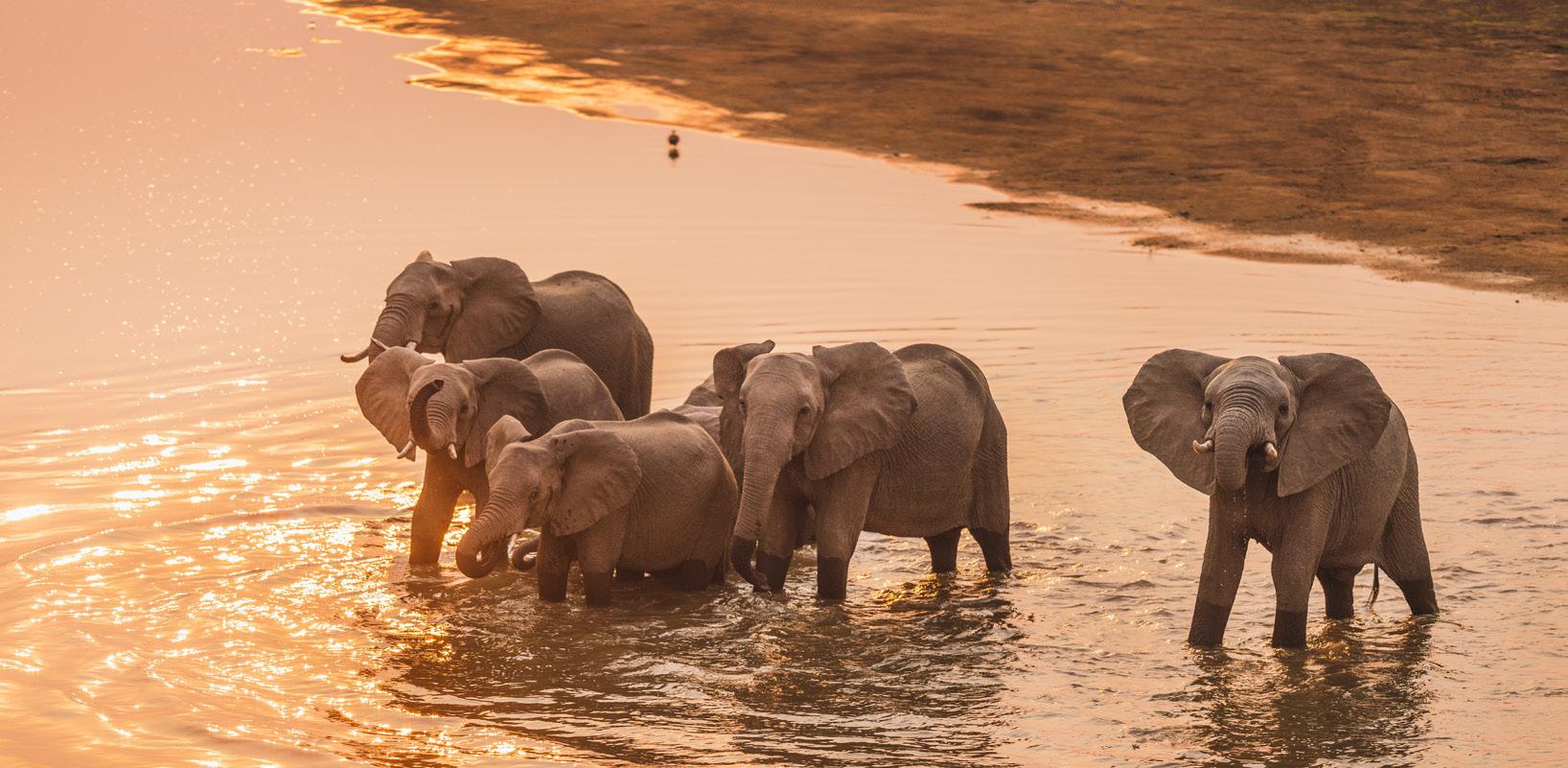
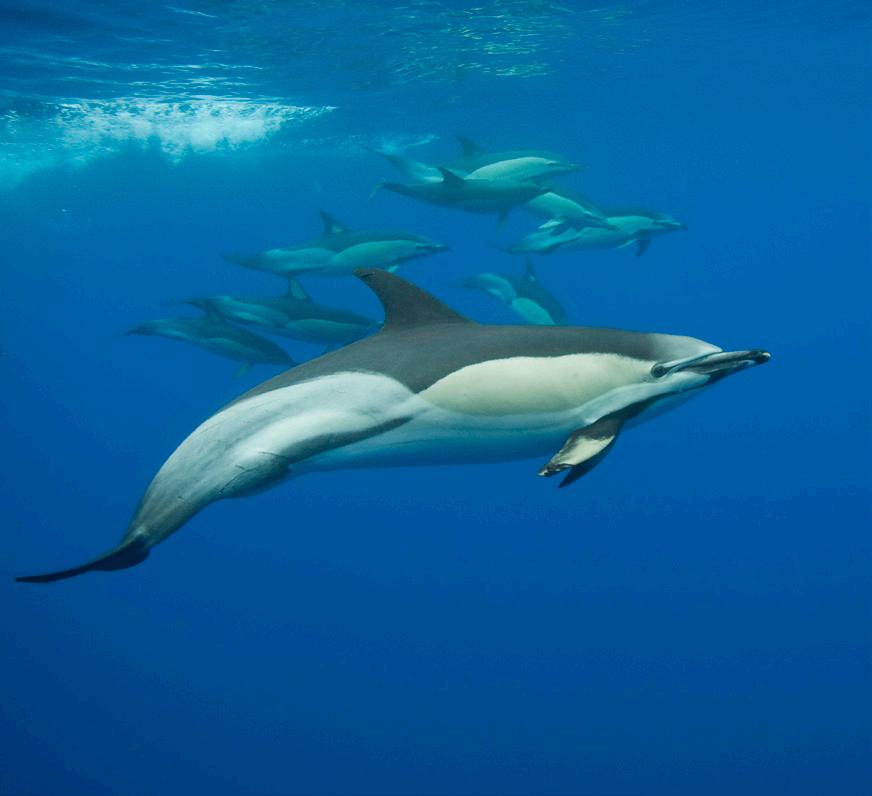
Room to Roam reception
April 17, 2024
Brintz Gallery, West Palm Beach, FL
Join us for an evening of cocktails and conversation as IFAW leadership discusses how our Room to Roam initiative can save animals, people, and wild spaces from the challenges of an ever-changing world.
Lecture with Azzedine Downes
May 2, 2024
The Adventurers Club, Los Angeles, CA (live broadcast online)
In this interview series, President and CEO Azzedine Downes will be a featured speaker discussing his life-long travels around the globe, recently released memoir, and IFAW’s conservation projects.
Party for a Porpoise
August 8, 2024
Cape Cod, MA
Celebrate the accomplishments of our marine rescue and marine conversation programs at IFAW’s biggest fundraising event of the year.
International Fund for Animal Welfare
Insider Update
Spring Edition
International Operations Center
290 Summer Street
Yarmouth Port, MA 02675
Tel: +1 508 744 2000
Tel: +1 800 932 4329
Fax: +1 508 744 2099
info@ifaw.org www.ifaw.org
For additional information on any of IFAW’s work, please contact:
Tel: +1 (508) 744-2000 philanthropy@ifaw.org
Cover photo: © Donal Boyd Chistopher, a local farmer between Tsavo West and Tsavo East national parks who is part of the climate-smart agriculture project, with one of his crops.
Photo: Donal Boyd / © IFAW Photo: © Scott Portelli